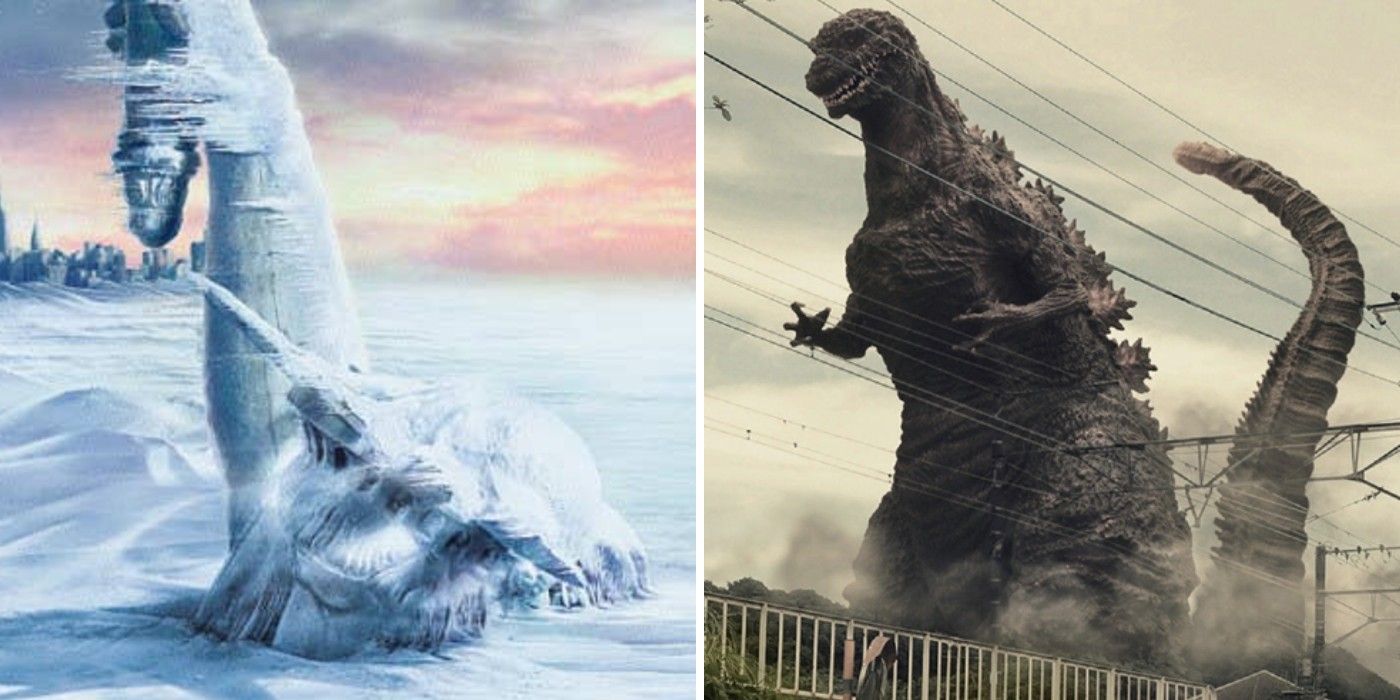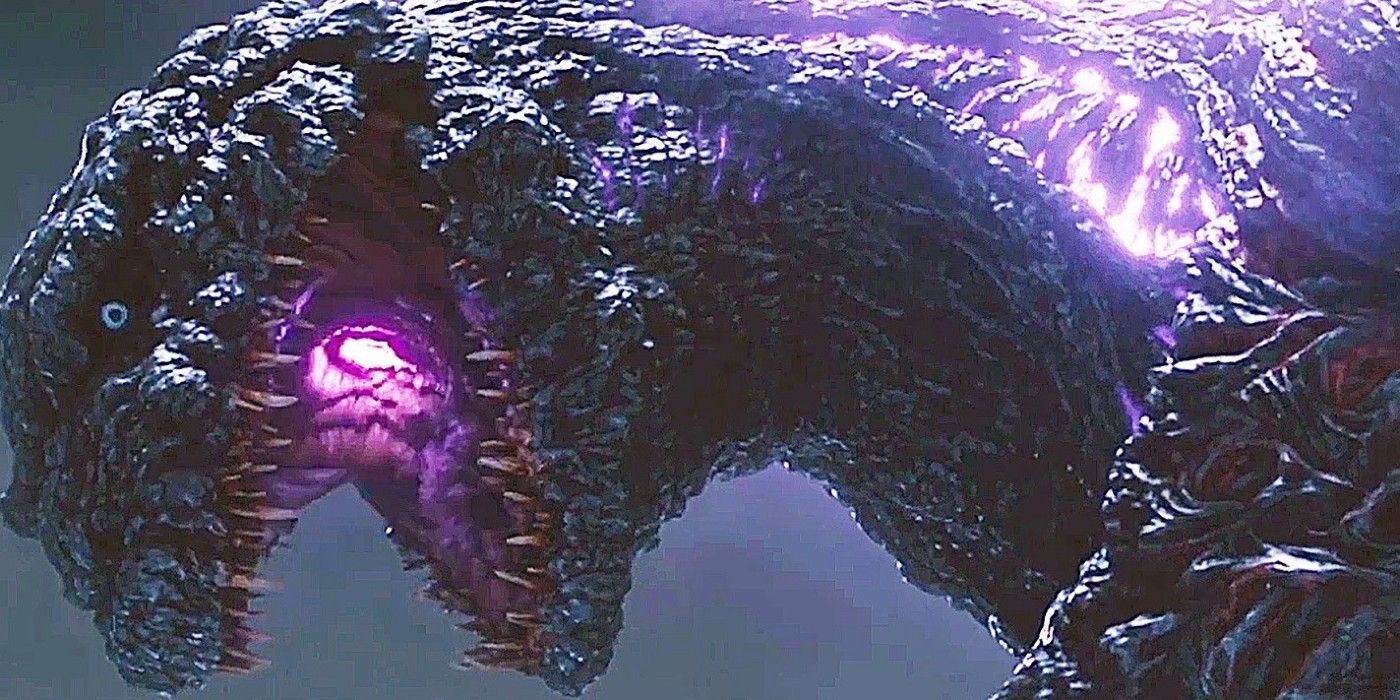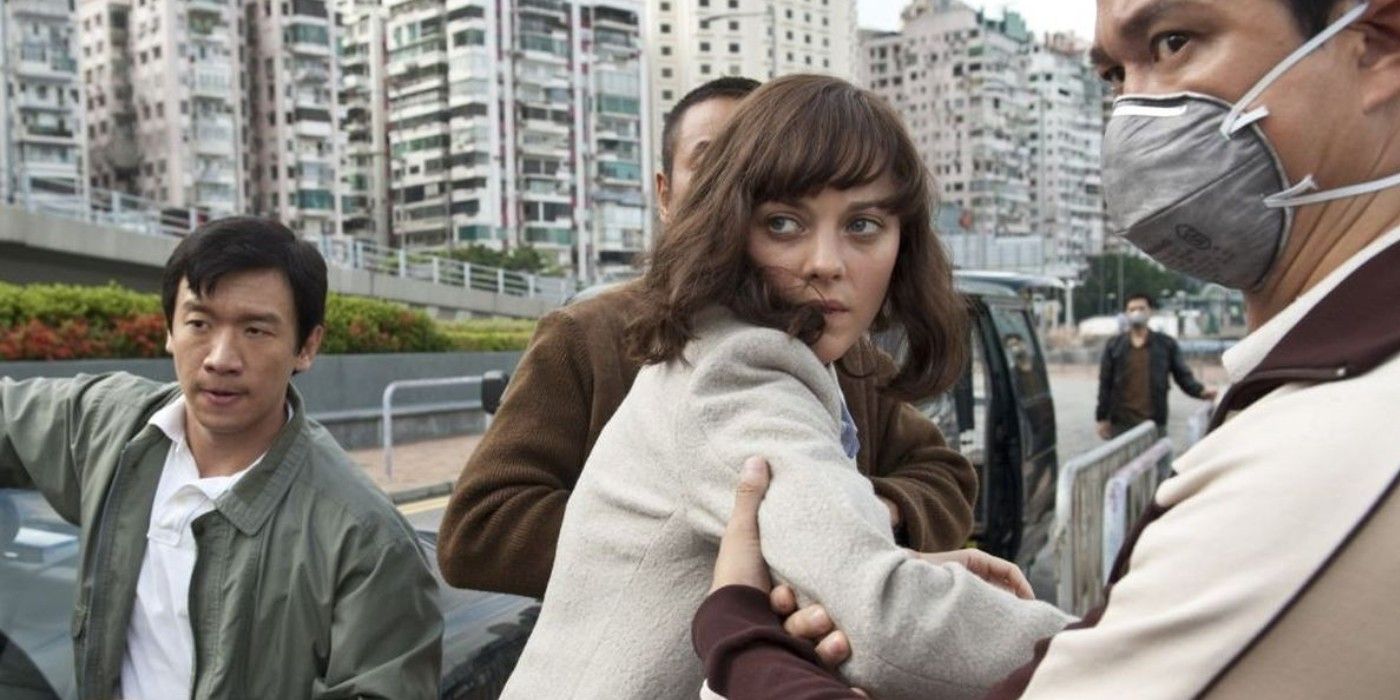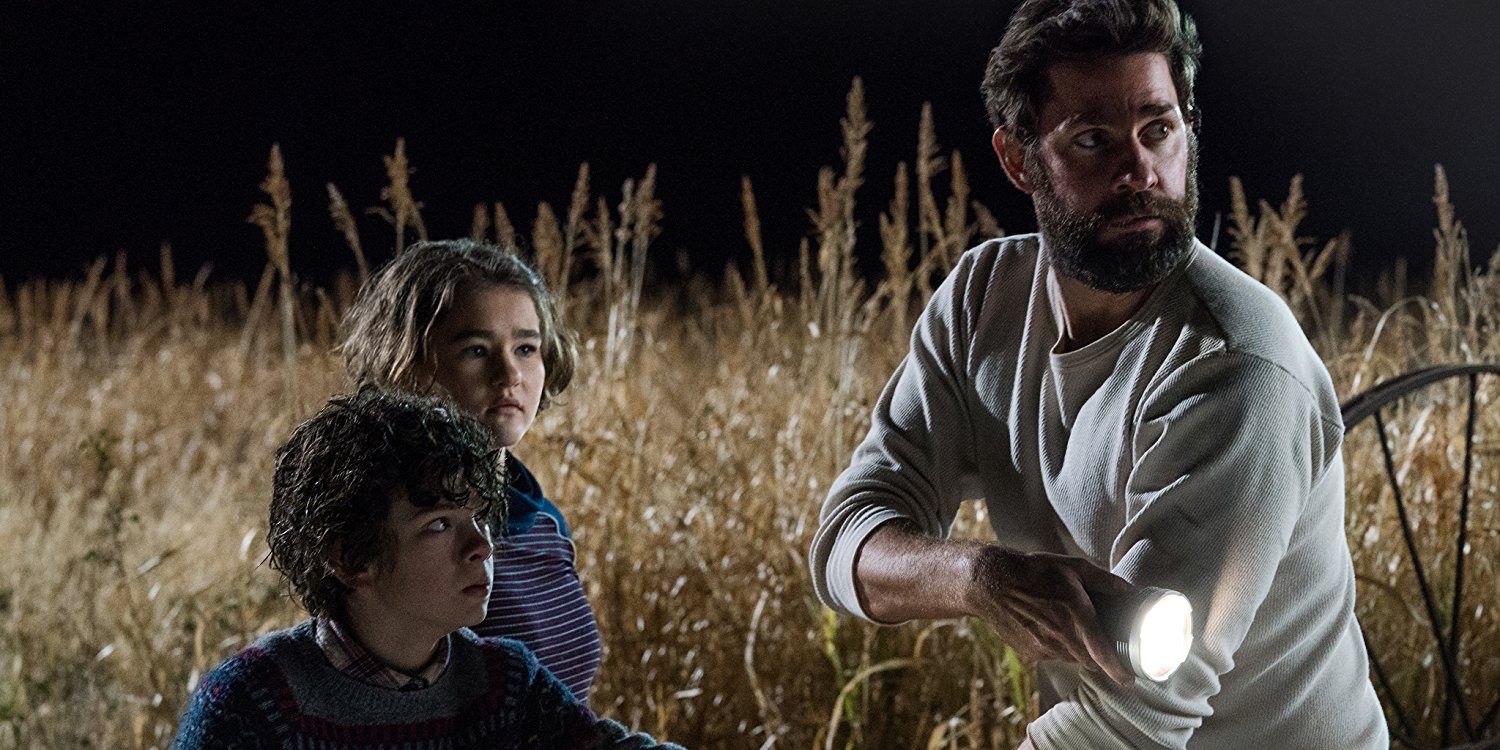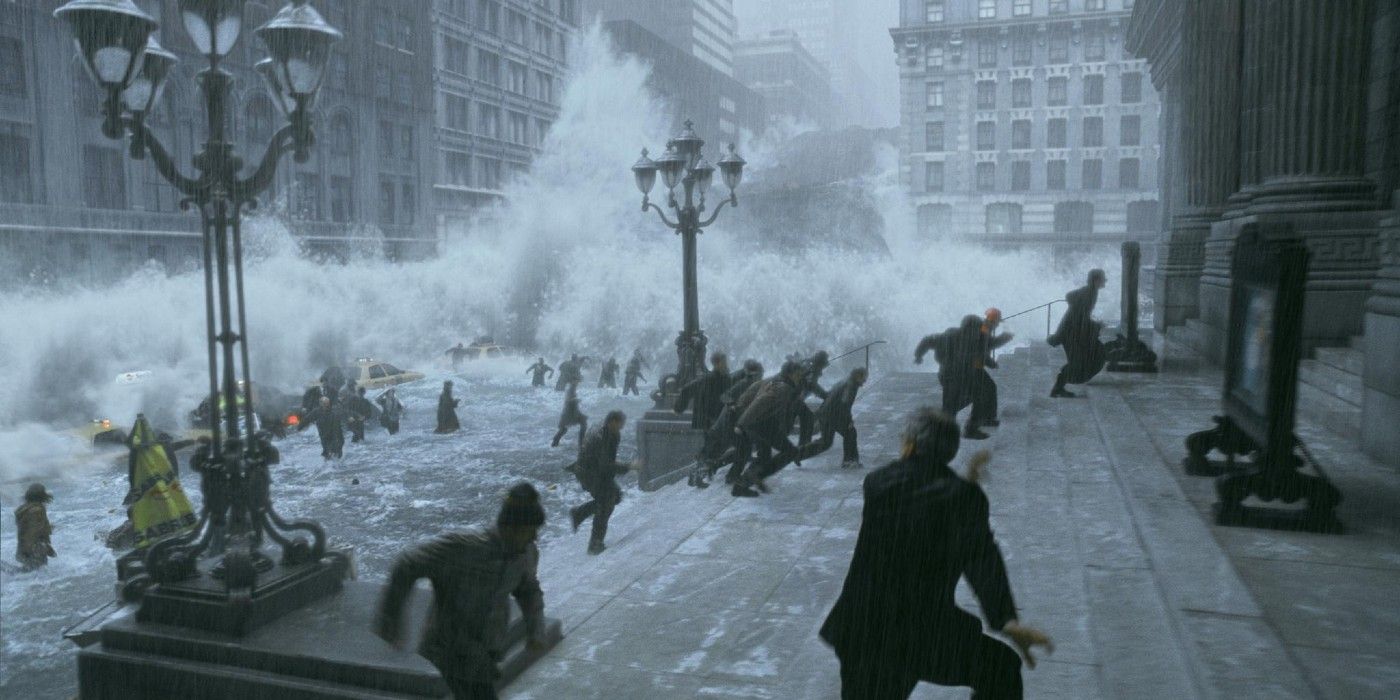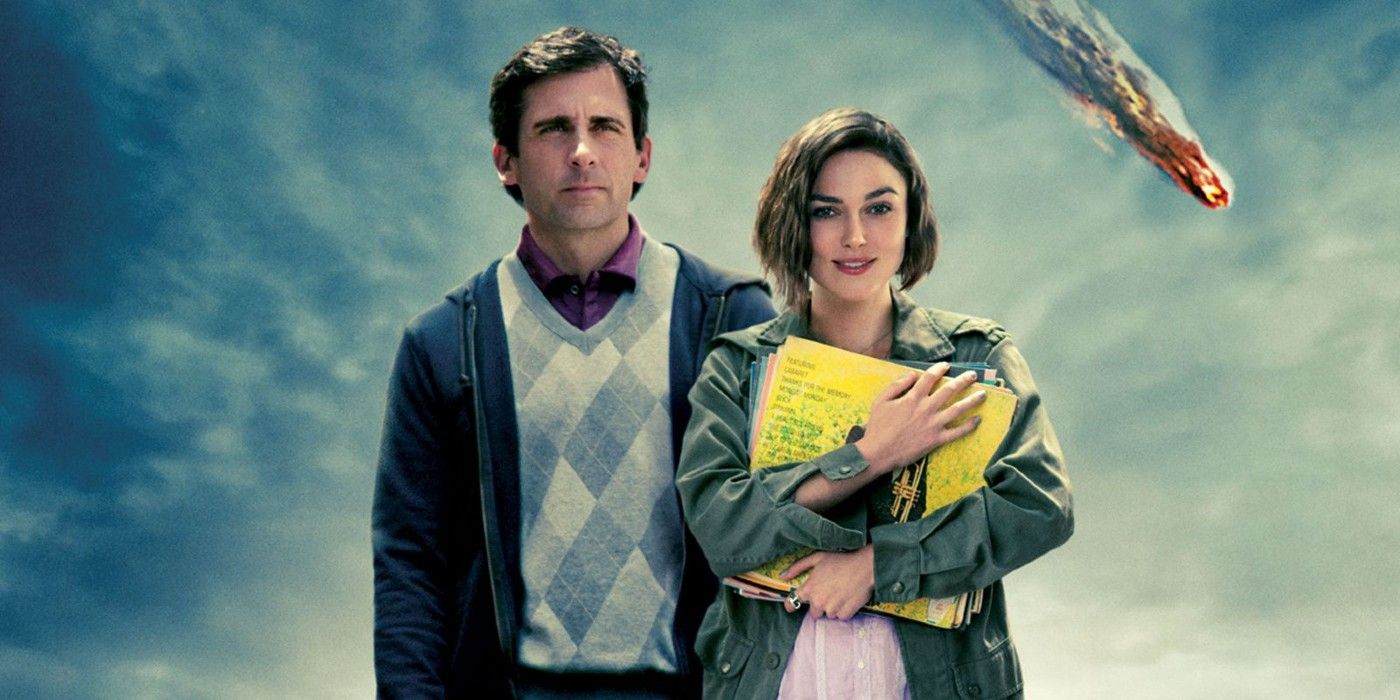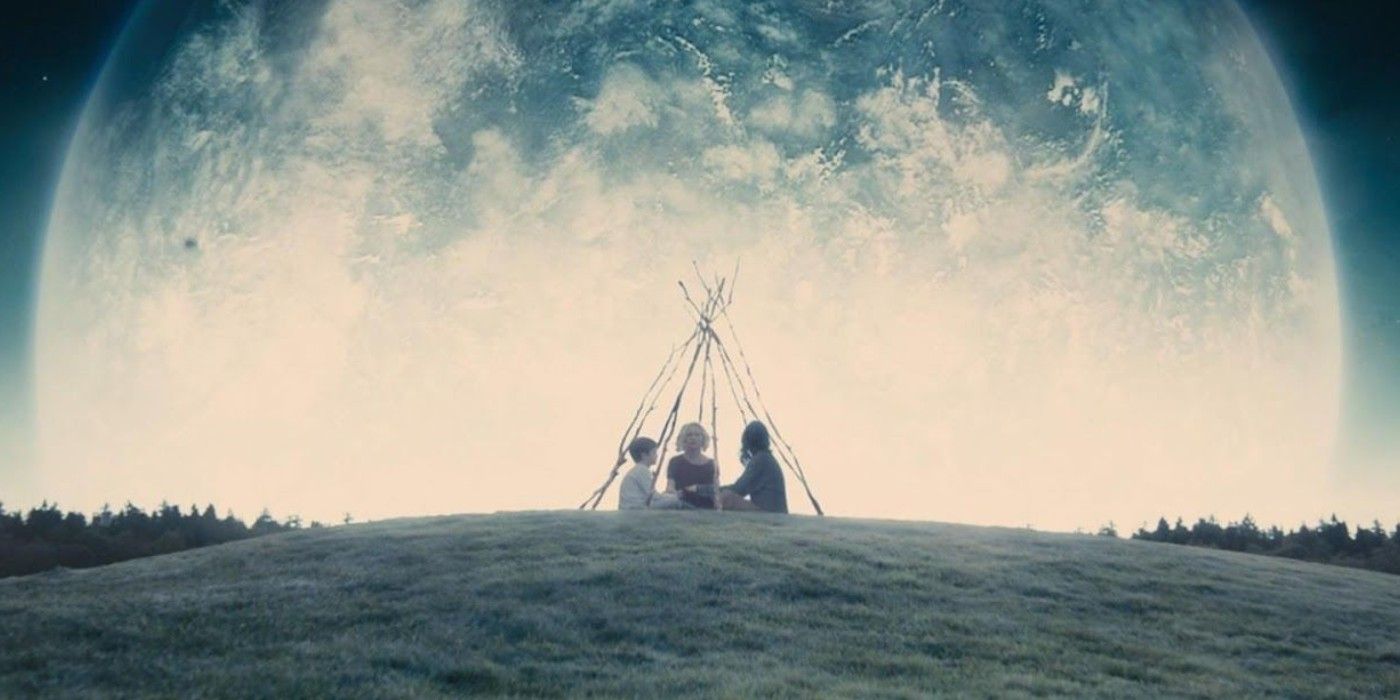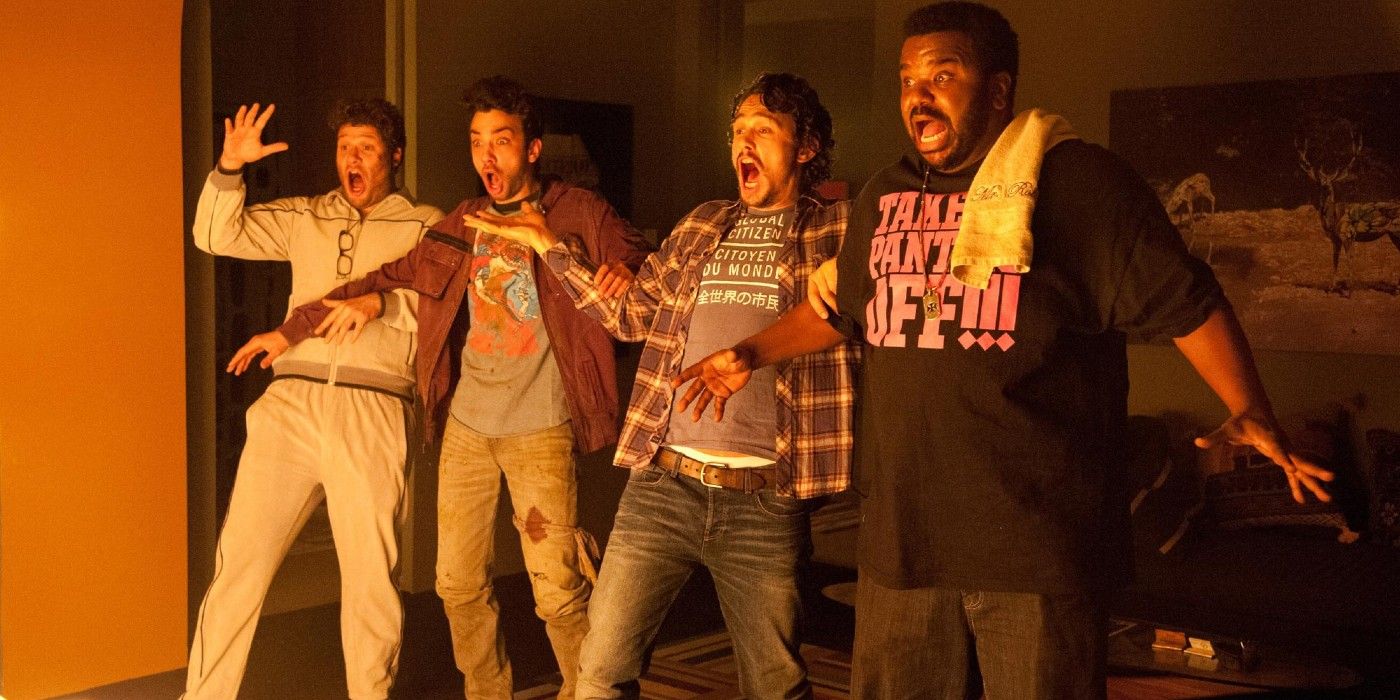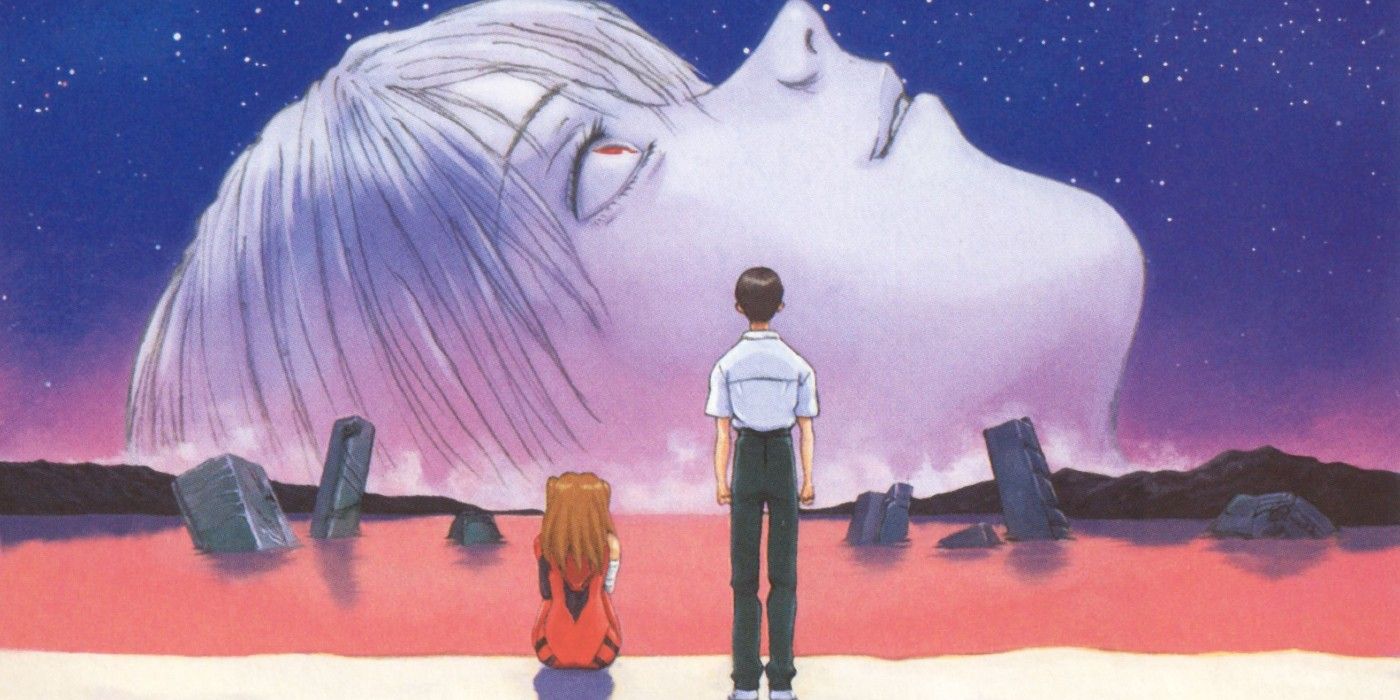As is in real life, there are times when the biggest disasters in human history were unstoppable and inevitable. This is the reality we have to face in a world where natural disasters can strike at any moment. Enter the disaster movie.
This existential fear has led to an entire subgenre of movies where world-ending a disaster is either used to thrill or examine human nature’s place in such dark times. Whether Mother Nature causes it or ethereal beings decide that humanity’s time is up, these are the 10 deadliest natural disasters seen in film, ranked from the most survivable to the least.
Shin Godzilla (2016)
Godzilla is, without a doubt, the most well-known physical embodiment of an apocalyptic event. What exactly Godzilla represented changed with each passing decade, so we’ll focus on one of his later interpretations. Shin Godzilla features Godzilla at his most monstrous, drawing imagery and symbolism from the Fukushima Daiichi nuclear power plant meltdown of 2011.
Godzilla may have only laid waste to one city, but Tokyo’s near-total destruction could’ve been the precedent for even more if not for the scientists’ last ditch efforts to stop him. The movie’s ending hints at yet another Godzilla mutation, spelling a grim and inevitable fate for humanity.
Contagion (2011)
Movie viruses usually lead to zombies or murderous mutants but in real life, a global pandemic would result in lots of sick and dying people Contagion depicts this realistically, as the thrills from this thriller come from the World Health Organization’s (WHO) efforts to stop the deadly MEV-1 virus.
Like in real life, the virus’ source is mundane (i.e. unwashed hands) and it kills 26 million people worldwide before the scientists finally discover the cure. As high as its bodycount is, Contagion ranks a bit low because the virus was stopped. In due time, the world will recover and get back to normal but now with a vaccine to better protect people’s health.
A Quiet Place (2018)
As of this writing, the specific origins of this movie’s monsters are currently unknown. What we’re sure about, however, is that 1) they’re alien and 2) there was no war for Earth because they killed most life on Earth before anyone could react. As writer, director, and star John Krasinski described, the creatures were like “wolves in a daycare.”
When A Quiet Place opens, all that’s left are tiny scattered human colonies in the countryside. We can only imagine what happened in the major cities and the rest of the world. The monsters’ attack was more of natural selection brought to its terrifying logical extreme rather than your typical armed, alien invasion. At least the survivors finally found the monsters’ weakness, which gives them a fighting chance in A Quiet Place: Part II.
The Day After Tomorrow (2004)
The threat of climate change may seem urgent now but scientists have been warning us about it for a long time. In fact, there’s a movie about it in The Day After Tomorrow, which posits that climate change would lead to a second Ice Age. All scientific inaccuracies aside, however, and you’re still left with a pretty deadly cinematic natural disaster.
Before the second Ice Age hits, various natural disasters of unprecedented scales hit the world, like larger-than-usual hail storms and tornadoes. Many people die in the initial chaos, but more perish when the cold freeze sets in. As disastrous as this is, though, The Day After Tomorrow ranks low because the Ice Age stopped and humanity has a chance to rebuild.
2012 (2009)
There were many theories as to what kind of Armageddon was being foretold by the Mayan calendar’s abrupt end. Roland Emmerich’s movie leaned towards the natural side of things, foretelling a cataclysm of epic proportions where one massive natural disaster after another destroyed the world.
2012 is considered by fans as the last great disaster movie, and who can blame them? How can another disaster movie top 2012’s epic scale of destruction, where the world basically dies? The reason why this ranks low is because the end was actually a new beginning, where a new Pangaea will soon be populated by a small nation’s worth of survivors.
The Living Dead Series
The zombie apocalypse is one of the most popular natural disasters of modern fiction, and it all started with George A. Romero’s Living Dead series. The concept is simple: for unknown reasons, the dead come back to life as cannibals and infect whoever is unlucky enough to be in their way.
From the initial outbreak in Night of the Living Dead to the (currently) final entry Survival of the Dead, the zombies’ dominance is total and complete. Humanity has been reduced to scattered scavengers, with no hope of life beyond the zombies in sight. By the way things were going, the dead seem destined to become the dominant species.
Seeking A Friend For The End Of The World (2012)
Even if we had a bunch of oil drillers on standby over there at NASA, the Earth would realistically stand no chance against a massive asteroid. Seeking a Friend for the End of the World shows how this would probably happen in real life, where the heroic attempt to stop the asteroid fails and life as we know it just ends.
Since this movie is really more about the unlikely romance of Dodge and Penny, the actual natural disaster isn’t shown at all. The movie ends by simply fading to white, but audiences know that the end has come and there’s nothing for the characters to do but comfort each other.
Melancholia (2011)
The less comedic version of Seeking a Friend for the End of the World and more depressing take on When Worlds Collide is Lars von Trier’s Melancholia, where a rogue planet crashes into Earth. You read that right: an entire planet is going to hit the Earth, and there’s nothing anyone can do about it.
The third and final part of von Trier’s so-called Depression Trilogy, Melancholia deals with characters coming to terms with the inevitable end. Interestingly, fans and critics said that Melancholia is the happiest of von Trier’s movies – which says a lot, given his notably nihilistic output. The reason why this movie ranks high is that the entire planet gets wiped out; not just the lifeforms living on it.
This Is The End (2013)
As hilariously raunchy as it is, This is the End actually has a terrifying natural disaster at its core: the Biblical Rapture. Just as countless evangelical preachers prophesized, the faithful are taken to Heaven right before the sinners are left to fight amongst themselves in an Earth that has been taken over by Hell.
Not only does this mean that most of the human race is dead or dying, but that Hell (and eternal damnation) are very real. The only comfort is that Heaven exists… provided you’re good enough to enter it. This is the End is a movie not about saving the world but of survival, where Seth Rogen, James Franco, Craig Robinson, and their fellow celebrities have to fend for themselves in a world that’s literally gone to Hell.
The End Of Evangelion (1997)
Similar to This is the End, the natural disaster of The End of Evangelion is an existential and almost supernatural one. The dreaded Third Impact does end the world, but not in the way the characters were expecting. Believing that humanity is better off dead, an emotionally and mentally unstable Shinji Ikari triggers the Third Impact.
In the Third Impact, the AT Fields that keep people separate are removed, making all life on Earth return to its original form. Simply put, everyone turns into a puddle of orange primordial soup. This end of humanity is unnerving and harrowing on both physical and spiritual levels, as seen by some of the most disturbingly apocalyptic images ever conjured. Even today, the Human Instrumentality montage can cause some nightmares. Only time will tell if Rebuild of Evangelion will top the original ending.

